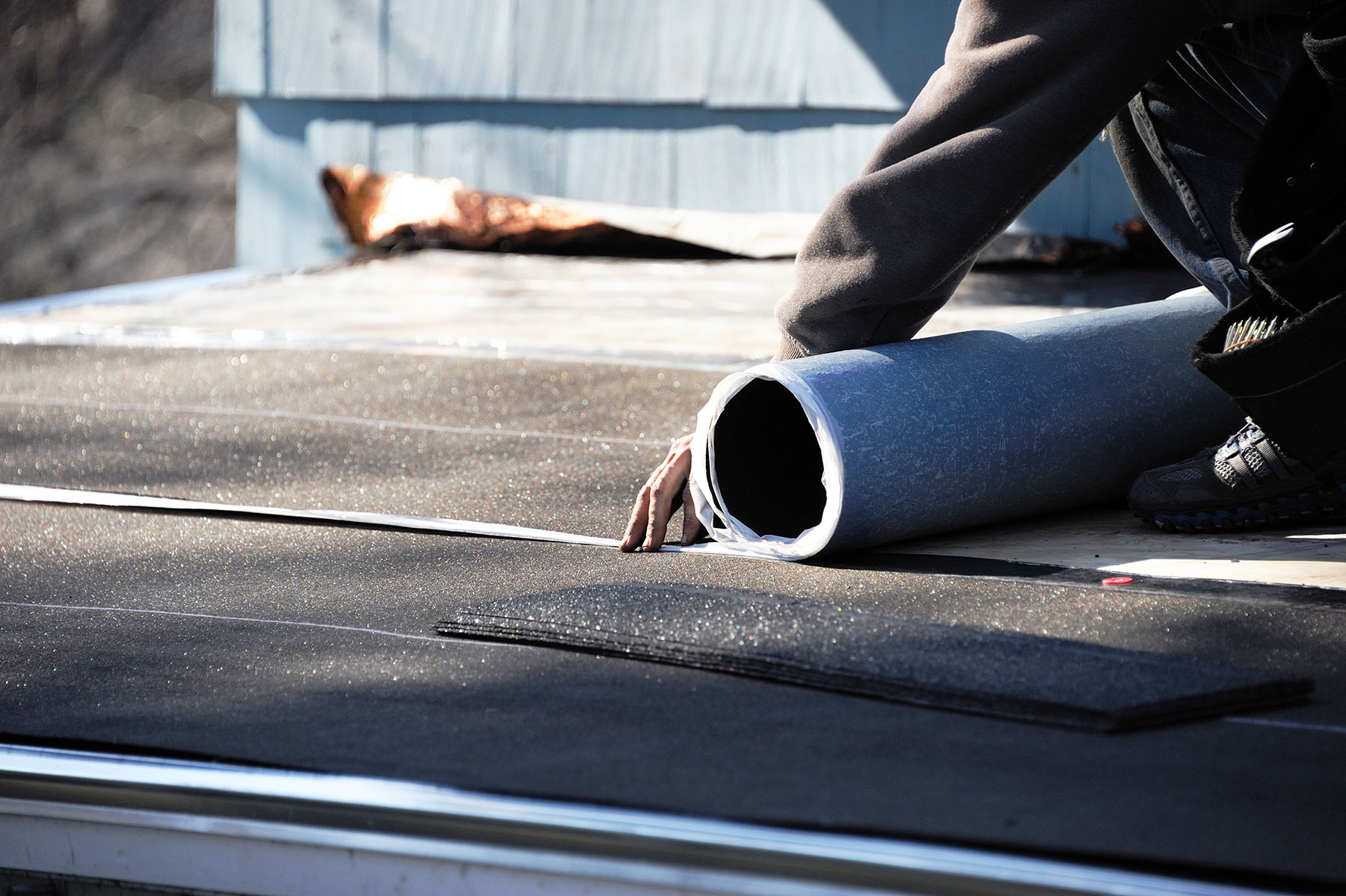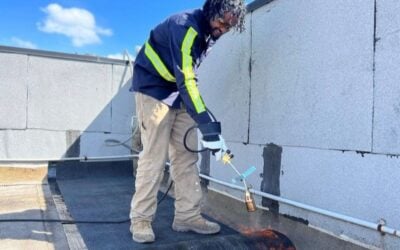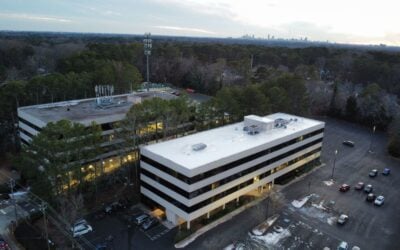Commercial flat roofs are an essential part of many buildings, providing both shelter and insulation. However, due to their flat nature and constant exposure to the elements, they can be prone to wear and tear. As a result, it’s crucial to keep an eye out for potential issues and address them promptly to prevent further damage and costly repairs. Here are some of the most common ways to repair a commercial flat roof:
Sealing: This is the most straightforward and least expensive way to repair a commercial flat roof. Sealing is typically used to repair small cracks, blisters, and leaks. The process involves cleaning the area to be sealed and applying a sealant (typically silicone) to the affected area. The sealant creates a barrier that prevents water from entering the building.
Patching: Patching is used to repair larger areas of damage on a flat roof. The process involves cutting out the damaged area and replacing it with a patch of the same material. This method is commonly used to repair areas of damage caused by ponding water or heavy foot traffic.
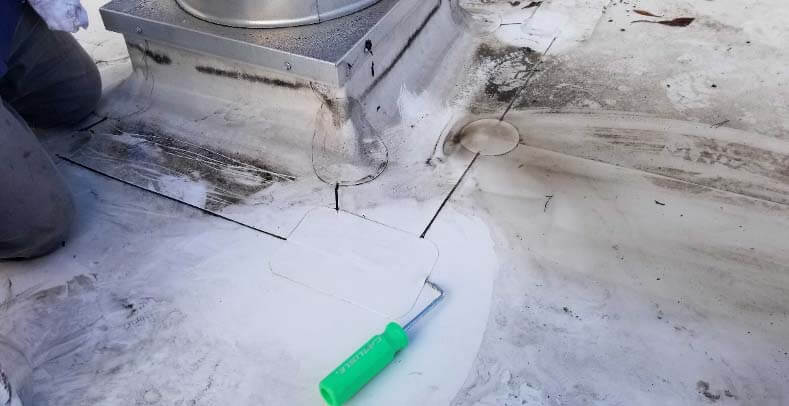
Resurfacing: Resurfacing is used to repair a flat roof that has reached the end of its life. The process involves removing the old roof and applying a new layer of roofing material. This method is typically used for flat roofs that are too damaged and too saturated to be repaired by sealing or patching.
Recoating: Recoating is a cost-effective way to repair a flat roof. The process involves cleaning the roof and applying a new layer of liquid roofing material over the existing roof. This method is often used to restore the roof’s waterproofing and extend its life in large areas.
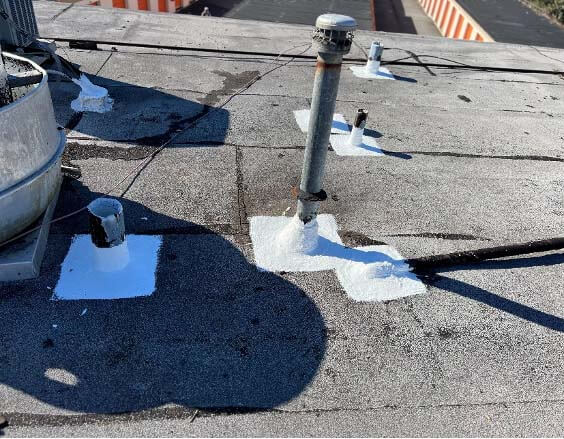
Membrane replacement: Membrane replacement is used to repair flat roofs that have been severely damaged. The process involves removing the old roofing membrane and replacing it with a new one. This method is typically used for roofs that have reached the end of their life and cannot be repaired with patching, sealing, or resurfacing.
It’s important to note that each of these methods has its own set of pros and cons, and the best method for repairing a commercial flat roof will depend on the specific circumstances. For example, patching or sealing may be the most cost-effective option for a small area of damage, while resurfacing or membrane replacement may be necessary for a roof that has reached the end of its life.
In order to ensure that your commercial flat roof remains in good condition, it’s crucial to have it inspected regularly. This will help identify potential issues before they become major problems and allow you to address them in a timely manner. Additionally, proper maintenance, such as keeping the roof clean and free of debris, can help extend the life of your flat roof and prevent the need for costly repairs.
In conclusion, commercial flat roofs are an essential part of many buildings. However, due to their flat nature and constant exposure to the elements, they can be prone to wear and tear. It’s crucial to keep an eye out for potential issues and address them promptly to prevent further damage and costly repairs. Some of the most common ways to repair a commercial flat roof include sealing, patching, resurfacing, recoating, or membrane replacement. Each of these methods has its own set of pros and cons, and the best method for repairing a commercial flat roof will depend on the specific circumstances determined by a professional roofer.

